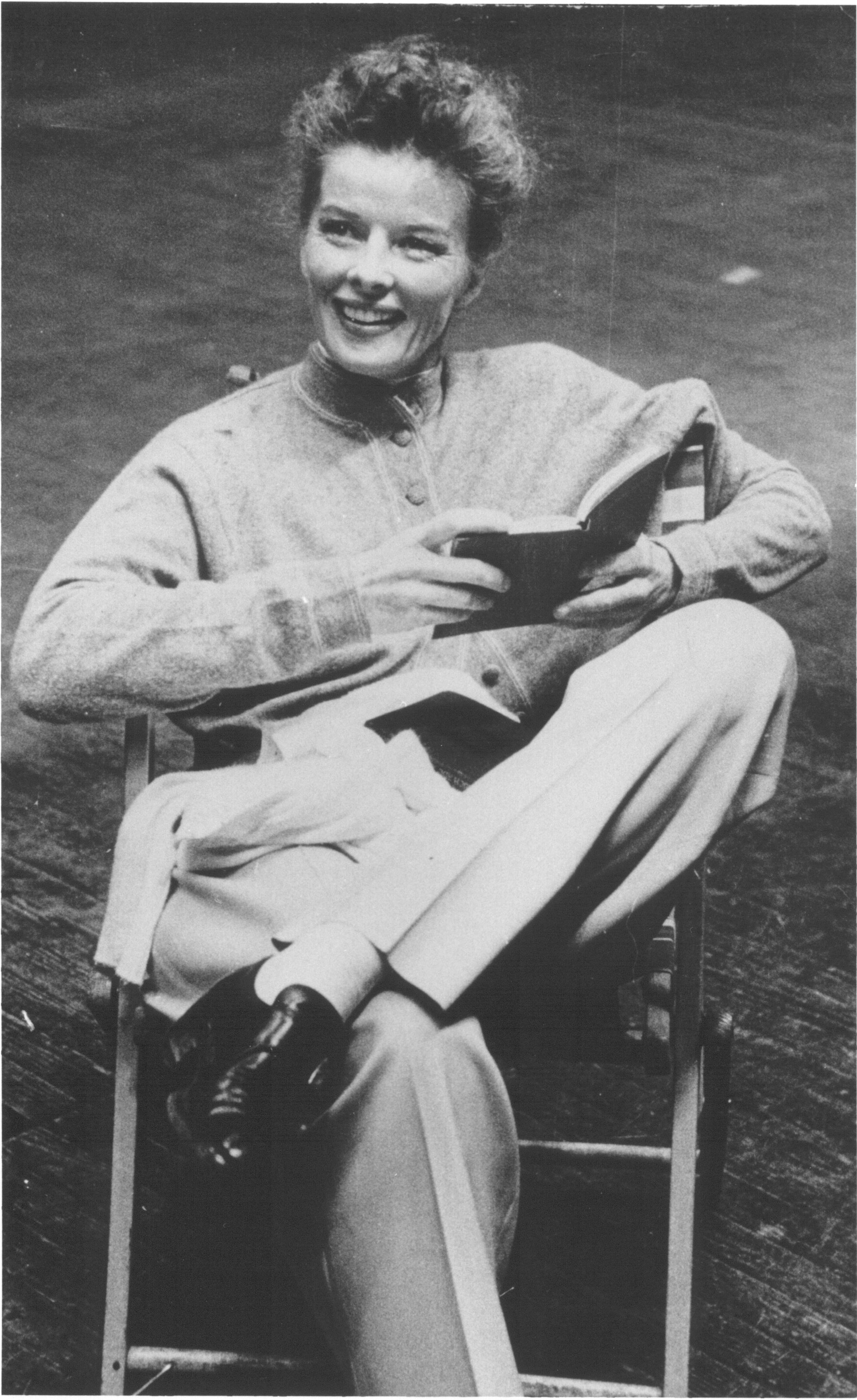Katharine Hepburn
Induction Category:
Arts & Humanities
Inducted:
1994
Katharine Hepburn, one of the most accomplished and celebrated actresses of the 20th century, never forgot the Connecticut roots that continually pulled her back home. Even as she gained fame and fortune in Hollywood, she regularly returned to her family’s retreat, Fenwick in Old Saybrook, a place she called “paradise.”
Katharine Houghton Hepburn was born and raised in Hartford and West Hartford, the daughter of Katharine Martha Houghton, a suffragist and champion of women’s rights, and Dr. Thomas Hepburn, a prominent surgeon. The second of five children, Hepburn was bright, independent and excelled at athletics; both parents encouraged her to speak her mind and develop her talents. She became interested in the theater at an early age, and at eight, she dramatized Harriet Beecher Stowe’s Uncle Tom’s Cabin, cast it with neighborhood children and presented it in the tiny theater her father had built in the backyard. In 1918, Hepburn attended the Oxford School in West Hartford, and in 1924, she enrolled at Bryn Mawr College. Although she did not excel at either academic or extracurricular pursuits in her first two years at Bryn Mawr, Hepburn determined during this time period that she would become an actress.
Two days after her graduation from college, and over the strenuous objections of her father, she began to work in a stock company in Baltimore. It was here that she began her long and illustrious acting career. Her breakout film role was that of the Amazon princess Antiope in A Warrior Husband in 1932. She was signed by RKO after starring in A Bill of Divorcement opposite John Barrymore in 1932. She starred in four films in two years, earning her first of four Academy Awards for Morning Glory in 1934.
Hepburn’s unconventional style of wearing pants and no make-up, as well as her anti-Hollywood attitude, soon caused her difficulties with both the studio bosses and the movie-going public. After several commercial flops, Hepburn became “box office poison” and, as a consequence, returned to Broadway. In 1938, she starred in the smash hit The Philadelphia Story and made a triumphant return to Hollywood after buying the film rights to the play. After the hit movie version of The Philadelphia Story was released in 1940, Hepburn went on to star in films for several decades. In addition to her Oscar for Morning Glory, Hepburn also received the best actress Academy Award for Guess Who’s Coming to Dinner (1967), The Lion in Winter (1968) and On Golden Pond (1981). In total, she received 12 Academy Award nominations, as well as numerous nominations for Tony, Emmy and Golden Globe awards. Hepburn also co-authored and narrated a documentary entitled Katharine Hepburn: All About Me (1993), as well as a book entitled The Making of The African Queen in 1987.
After retiring to her beloved seaside retreat in Old Saybrook, Hepburn continued to be active, swimming regularly and riding her bicycle until her death at age 96. In 2009, the Katharine Hepburn Cultural Arts Center, formerly the Old Saybrook Town Hall, was dedicated and nicknamed “The Kate.”
Born: 1907
Died: 2003
Town: Hartford & Old Saybrook
During This Time:
1946 - 1965: Women’s Activism in Conservative Times Learn more about the time period in which this Inductee lived.
"Two of an actress's greatest assets are love and pain. A great actress, even a good actress, must have plenty of both in her life."
-Katharine Hepburn


